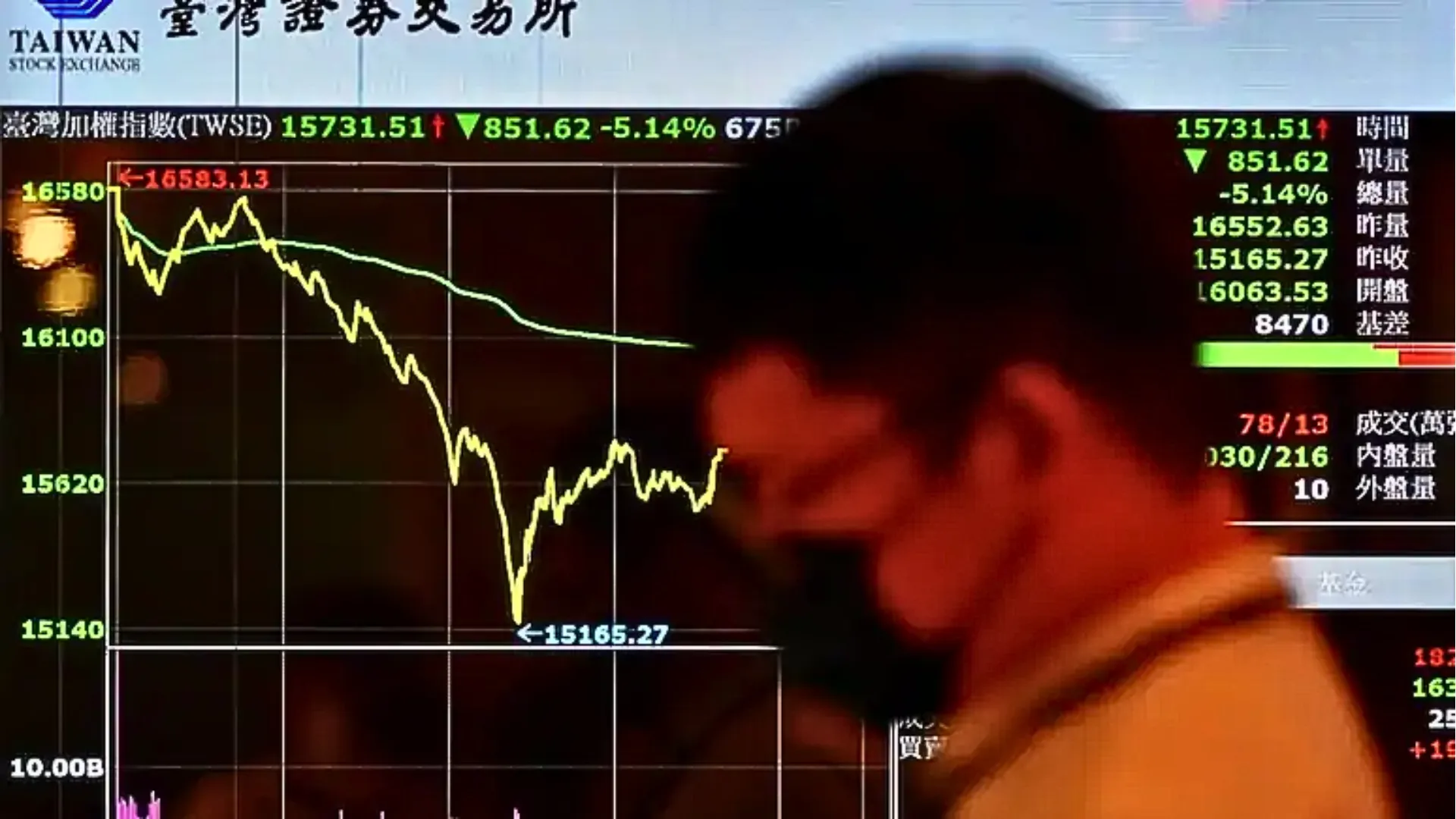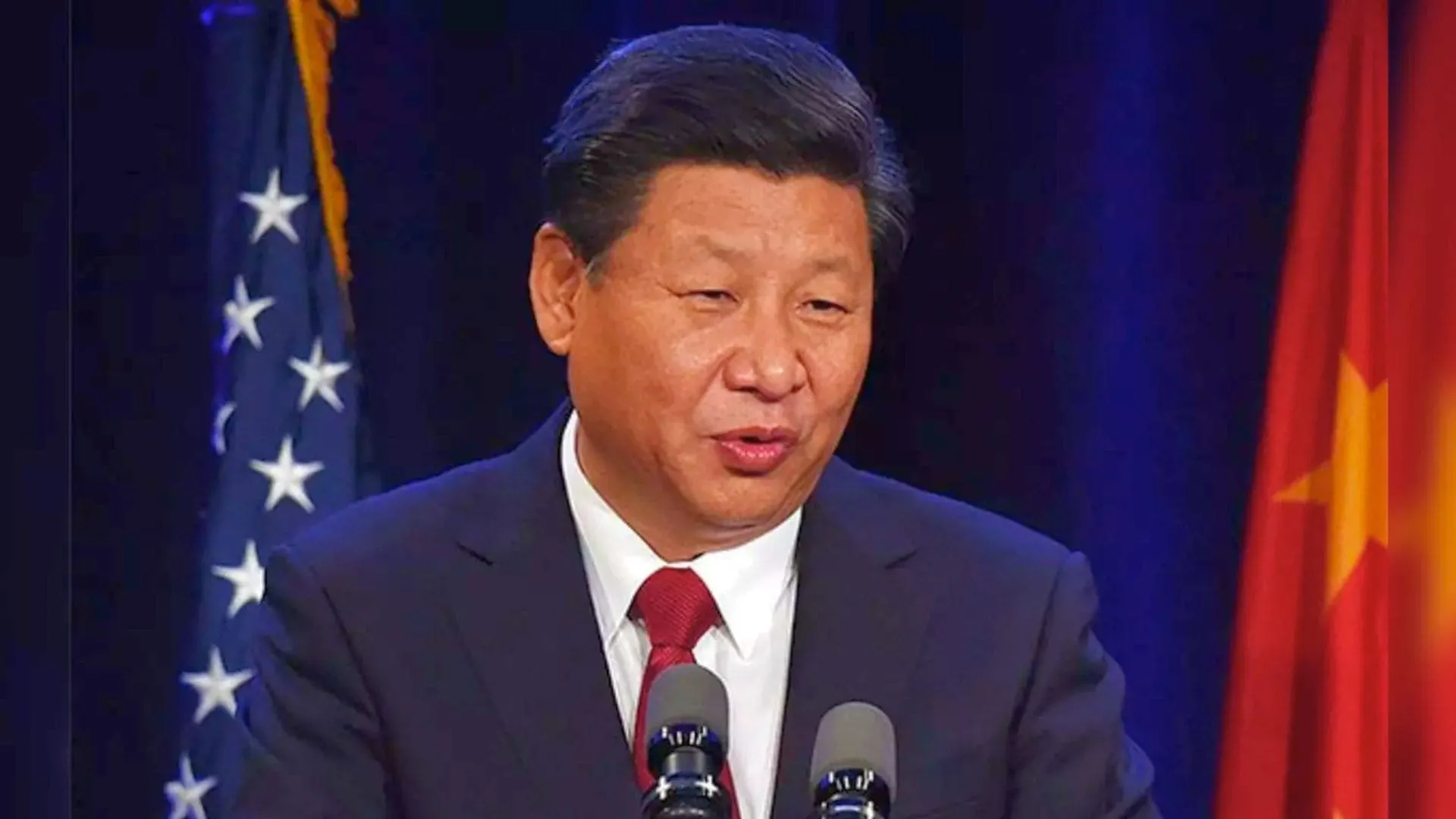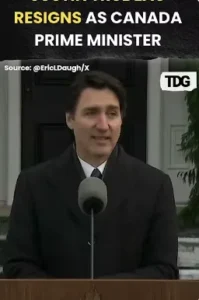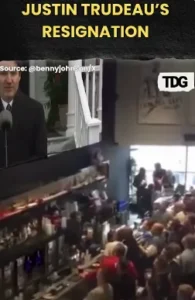Asian stock markets plummeted sharply Monday (April 7) as market sell-off related to US President Donald Trump’s “reciprocal” tariffs persisted. Japanese and Taiwanese exchange operators were forced to temporarily suspend trading to halt panic selling as investors bet the growing threat of recession could prompt US interest rates to be reduced as soon as May.
Japan Triggers Circuit Breaker Amid Sharp Decline
In Japan, the “circuit breaker” system suspended trading for 10 minutes when the widely traded Nikkei 225 futures contract was about to decline more than 8 per cent. The circuit breaker was triggered at 8:45 am Tokyo time on the Nikkei 225 and on several other contracts, The Wall Street Journal report said. It closed 10 minutes later, with no influence on the spot trading-direct trading and selling of shares on Tokyo Stock Exchange.
Nikkei 225 Down 6.5%, Rebounds from Near 9% Fall
During morning trade on Monday in Japan, the Nikkei 225 was down a jaw-dropping 6.5 percent, rebounding from having fallen just shy of 9 per cent earlier.
Taiwan Stock Exchange Follows Suit with 10% Plunge
Taiwanese stock traders also triggered a circuit breaker after suffering a sharp drop of almost 10 per cent on Monday. The head of Taiwan’s stock exchange signaled that additional stabilization measures would be taken if necessary to counteract the market volatility.
Holiday Ends in Chaos as Taiex Sinks 9.8%
Taiex, the Taiwan Stock Exchange’s weighted index, fell 9.8 percent at the open, as trading returned after a long weekend. Markets in Taiwan were shut Thursday and Friday for a holiday, as trillions of dollars were erased from global stock value and nations rushed to contain the effects of Trump’s levies.
Taiwan Imposes Short Selling Ban to Calm Markets
This is Taiwan’s lowest point on its benchmark index in more than a year. Expecting chaos, Taiwan’s top financial regulator on Sunday temporarily restricted short selling — a wager that shares will decline — in an attempt to calm the market when trading reopened on Monday.
Tariffs Hit Despite Pledges, Major Firms Affected
The restrictions will remain until Friday, the Financial Supervisory Commission said in a statement.
Taipei had attempted to dodge Trump’s promised tariffs by vowing greater US investment and purchases of US energy, but still got slapped with a 32 percent duty on its imports except for semiconductor chips.
Stocks of major Taiwanese firms, including chipmaker Taiwan Semiconductor Manufacturing Company and electronics leader Foxconn, fell by near 10 per cent.
Broader Asian Markets Join in Sell-Off
Other markets, such as Asia’s Hong Kong and Singapore, also saw a blood bath. Singapore stocks fell 8.5 percent, while South Korea’s Kospi fell 4.8 percent. Hong Kong stocks fell more than nine percent. The Hang Seng Index fell 9.28 percent, or 2,119.76 points, to 20,730.05, while in mainland China the Shanghai Composite Index fell 4.21 percent, or 140.84 points, to 3,201.17.
Australian blue chips, a local benchmark index of the nation’s top 200 listed companies, also fell 6 per cent after the markets opened on Monday minutes after trading began. Stocks on the Taiwan stock exchange broke a circuit there as shares dived 9.8 per cent at the open.
Indian stocks also opened sharply lower on Monday. The Nifty 50 fell 5 per cent to 21,758.4 during pre-open trade as of 09:08 am IST, and the BSE Sensex dipped 5.29 per cent to 71,379.89.
Widespread Losses Across Sectors and Indices
All the 13 major sectors fell. The broader small-caps and mid-caps lost 10 per cent and 7.3 per cent, respectively.
This followed the US market failing to show any sign of recovery, with New York Stock Exchange’s main boards futures contracts plummeting sharply Sunday, indicating further agony for battered Wall Street stocks when Monday’s markets open. Benchmark S&P 500 futures plunged 4.31 per cent in turbulent trading, while Nasdaq futures plummeted 5.45 per cent, continuing last week’s losses.
Circuit breakers are an exchange feature on the stock market that suspend trading on exchanges if markets decline suddenly. The regulation was conceived amid the “Black Monday” 1987 stock-market crash. The purpose behind the action is to suspend fear selling and avert a deeper stock-market free fall. The halts are used in more than one tiers.
In the US, trading would be suspended for 15 minutes if the S&P 500 falls by 7 per cent or 13 per cent. Trading would close for the remainder of the day if it fell 20 per cent.























